Reef Islands
We were keen to visit the Reef Islands, a classic coral atoll about 15 miles northwest of Vanua Lava. There is an anchorage outside the atoll, at the southwest point, and an entry pass for shallow draft vessels into the inside. We initially anchored at the southwest point because we couldn't find the entry pass. The seas were very choppy as it was blowing 25kts so we knew we couldn't stay there. We surveyed the entry pass in our dinghy - getting wet and shaken about in the process - and with the help of Harald on the yacht Carl, who was already inside, we picked a few waypoints. The entry is strewn with shallow reefs and we had to find a route where the gaps were wide enough for a 25' beam catamaran.
Getting in was tricky as moving at 2kts in 25kts of wind results in the boat going crabwise. But we managed it and anchored near Carl behind the southern island. The atoll is very shallow and this area is the only anchorage available. We actually had to move the second day because we could feel the boat touching the bottom at low tide!
Since we arrived it has blown at 25kts every day. It builds up a chop which makes dinghy handling a challenge but the boat motion is tolerable.
We've been ashore to explore one of the several islands in the atoll and we've dived just outside the entry pass. We'll probably stay here until next week and make our way back to Waterfall Bay.
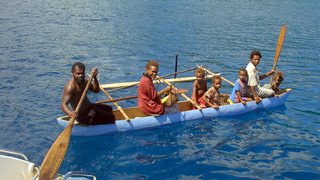
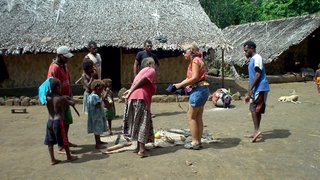
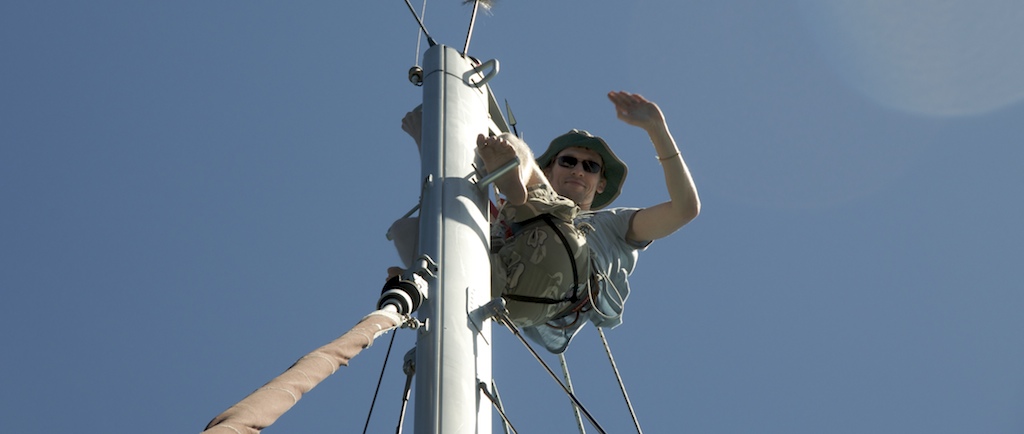
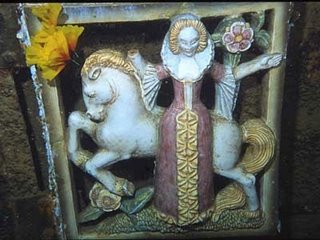
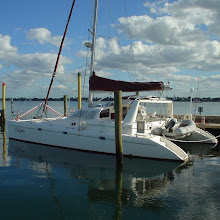
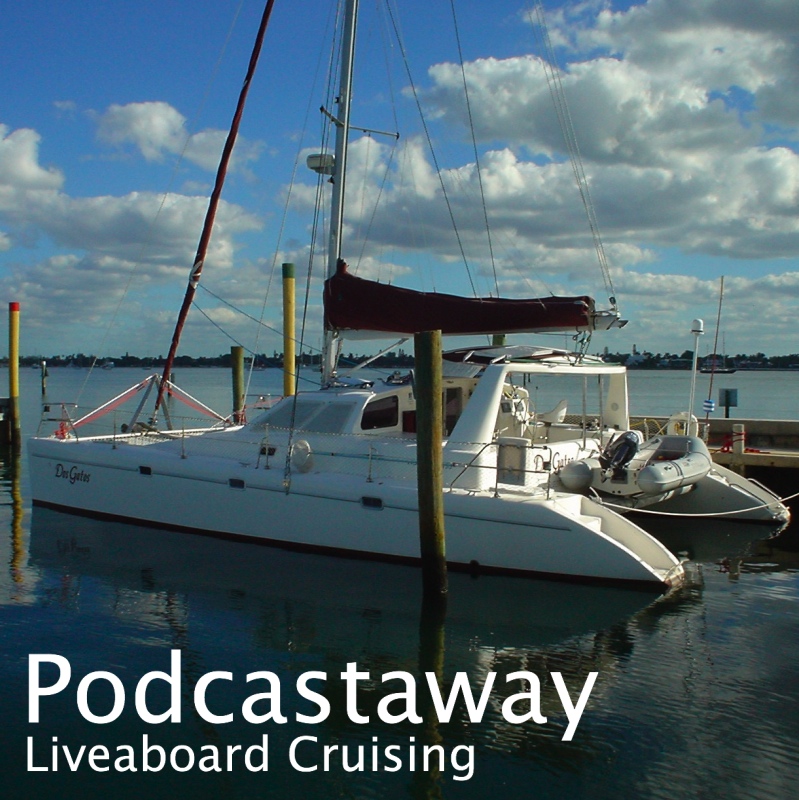
 (Atom)
(Atom)